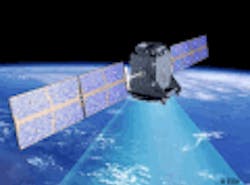GPS capability is advancing, but adoption is slightly behind, say GPS system designers
Posted by John McHale

